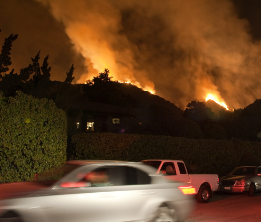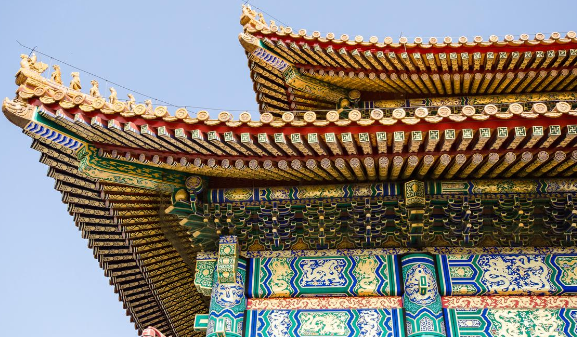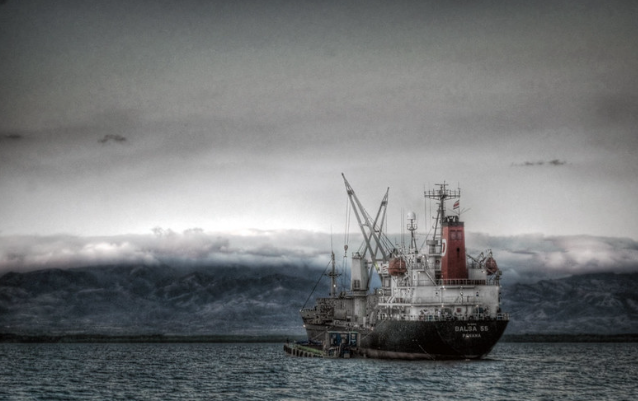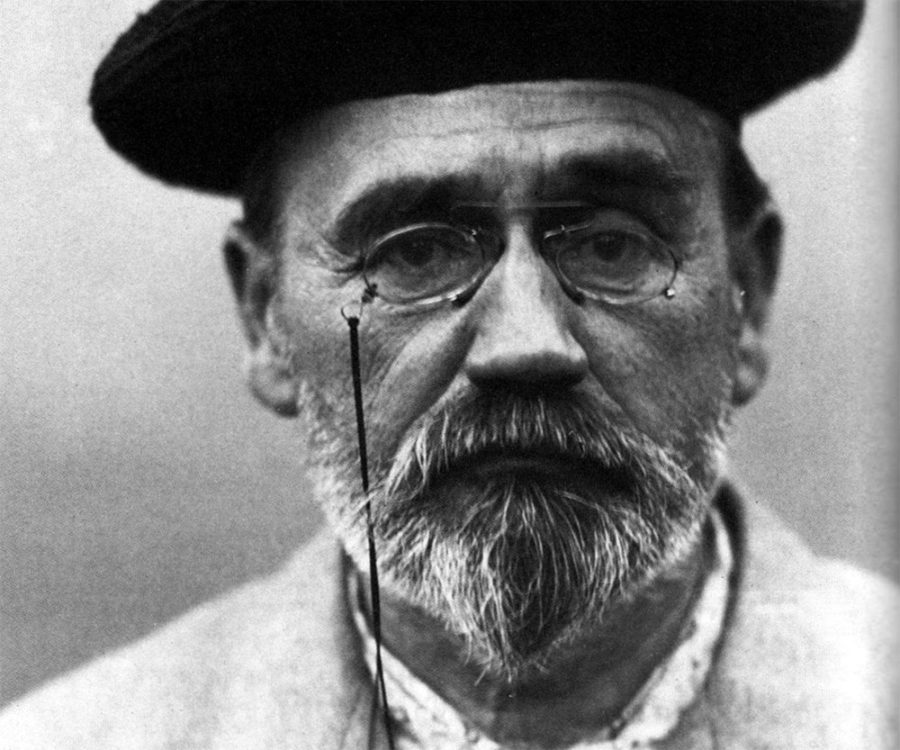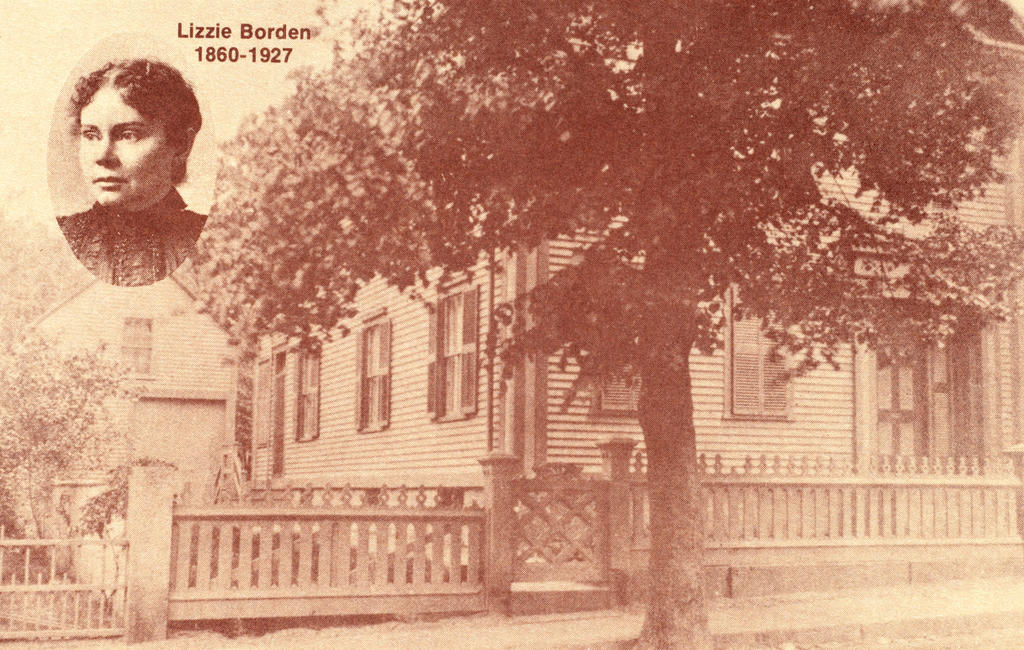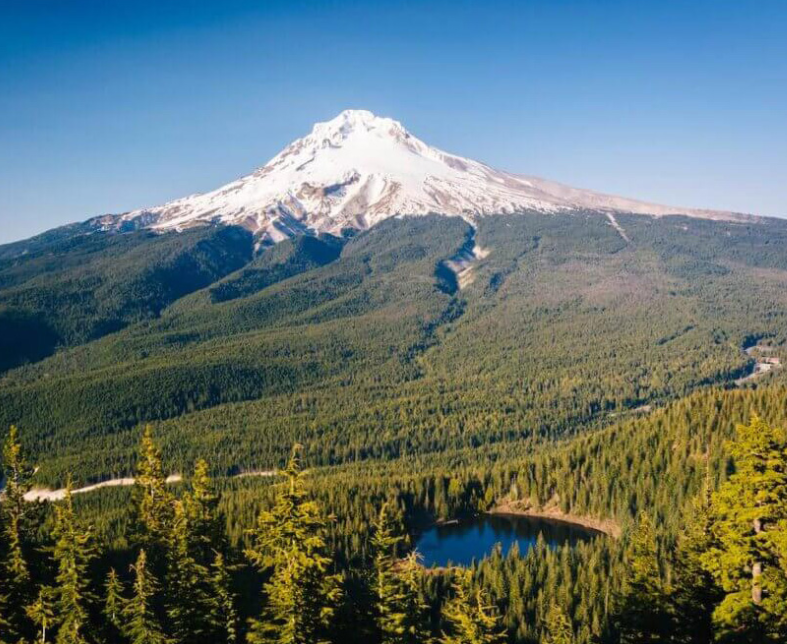Astronomy and stars have so many moving parts and little details, so for this article, I want to focus on stars and how the elements of the world are made. To start the deep dive on stars and astronomy let’s start with stellar evolution.
According to FGHS teacher David Jaquez, the first stage is a nebula. The nebula stage of stellar evolution is where stars are born. Stars come from giant clouds of gas and dust called nebulae. The nebulae clouds are floating in space waiting for something to happen, then gravity starts pulling the nebulae clouds together into clumps.
The second stage is called the protostar, and it’s when gravity starts pulling the nebula’s gas tighter and tighter. The clumps of the nebulae start getting hotter and glowing and that is a protostar. A protostar is not a full star yet and hasn’t started shining by nuclear fusion so it is still forming, think of it as the “embryo” stage of the star’s life.
The third stage of stellar evolution is the main sequence. This stage happens when the protostar gets hot and dense enough that nuclear fusion starts. You may be asking, “What is nuclear fusion?” Nuclear fusion is when hydrogen atoms start fusing to become other elements. For example, four hydrogen atoms fuse to make one helium atom.
The process of nuclear fusion releases a ton of energy and that energy getting released is what makes the star shine. During this stage of the star’s life, the star is stable because gravity is pulling inward and the pressure from nuclear fusion is pushing outward. Most stars spend the majority of their lives in this stage, even our sun is currently in this stage.
The next stage is the red giant/red supergiant stage, When the star runs out of hydrogen atoms in its core, it starts burning helium and other atoms instead. This causes the star to begin to expand and cool. Small stars like our sun become a red giant and for bigger stars, it becomes a red supergiant. The outer layers puff out and the star looks huge but much cooler.
How the star dies depends on its mass. First, let’s talk about what happens to the small/medium stars. For smaller stars, two different outcomes can occur and the first one is called a planetary nebula. A planetary nebula is created when a star blows off its outer layers after it runs out of fuel to burn. These outer layers of gas expand into space, forming a nebula which is often in the shape of a ring or bubble. The second outcome that could happen is basically the same thing: the star’s outer layers drift into space but what’s left behind is a small, dense core called a white dwarf. It is about the size of Earth but super heavy due to density.
When a massive star dies what happens is a supernova; a supernova is one of the most powerful and luminous stellar explosions in the universe. A supernova happens when the pressure of the star drops low enough that gravity takes over and the star collapses in just seconds. This is how matter is spread throughout the universe. After a supernova two things could happen: the first is a neutron star and it is the collapsed core of the star. Here, the protons and electrons are smashed together under intense gravity to form neutrons. The second is a black hole, the collapsed core of a supernova. A black hole is a region of spacetime where gravity is so strong that nothing, no particles, or even electromagnetic radiation (such as light) can escape from it. Although there are many phenomena in space, this is the life cycle of a star and the different stages of the star’s lifespan!






